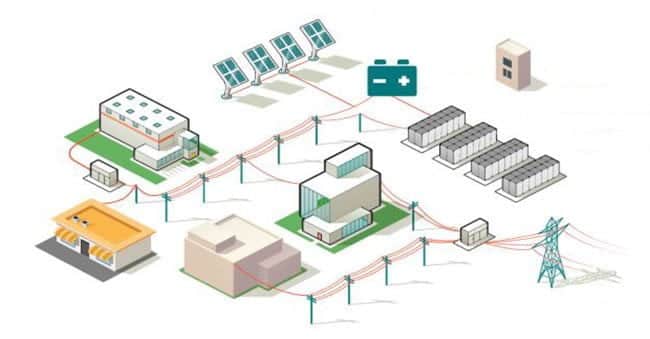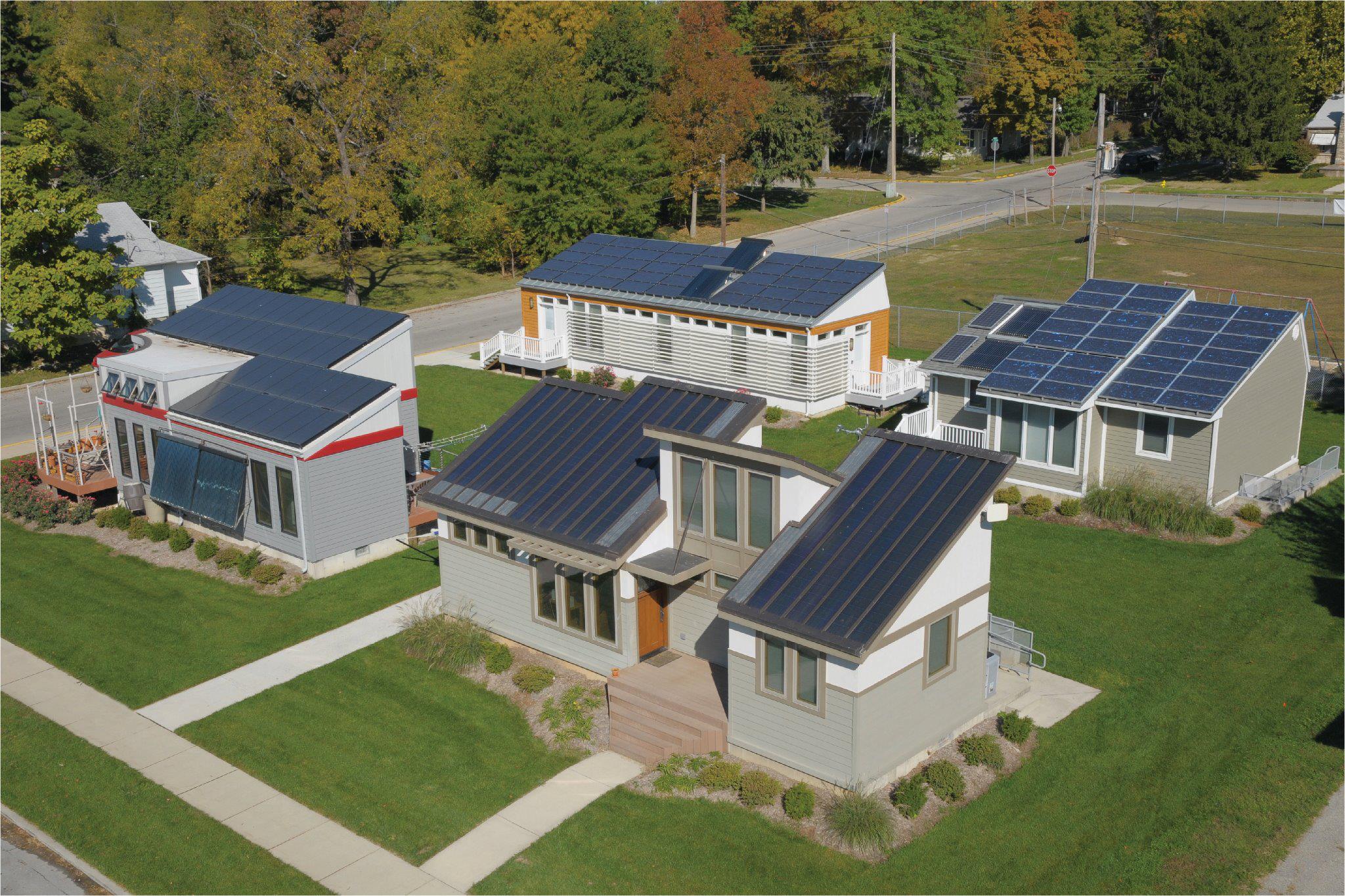Around the world, still a little slowly for my tastes, sustainable microgrids are emerging as a vital tool in the fight against climate change. In the wake of hurricanes, earthquakes and fires, the traditional energy network is proving increasingly difficult to sustain and guarantee energy. This is and could be the cause of interruptions capable of slowing down local economies and putting human lives at risk.
Microgrids are electrical installations designed to operate independently of the larger electrical grid in emergency situations. They have existed for decades, but until recently they relied almost exclusively on fossil fuels to generate energy. There are 20 years of the new millennium for the costs of solar panels and batteries to have dropped enough to make microgrids truly sustainable. Now they could very well be the future of clean energy.
In the USA the Unified School District voted unanimously in November the allocation of over $ 500.000 to study and design microgrid installations for county schools. A preliminary assessment identified over 15 megawatts of energy potential in 18 schools. Microgrids with solar energy storage plus battery would greatly increase the ability of chosen schools to serve communities during natural disasters or power outages.
A complete feasibility study is planned in June: the first estimates report a cost of about 40 million dollars, but the long-term energy purchase agreements (PPA) will allow the school district to have free facilities. They will repay over time through the normal electricity bill, but will be able to function in spite of any defaults on the traditional network.

Not just schools and individuals
In late January, Scale Microgrid Solutions has received a commitment for 300 million of dollars in financing. Microgrids today are typically designed and installed according to individual customer needs. Scale Microgrid Solutions, on the other hand, offers a modular infrastructure that can expand to cover entire communities.
Microgrids, in other words, go beyond schools. Several communities are also connecting solar and storage systems mounted on their homes, employing inverters and controllers to share energy, and to supplement or replace grid energy.
In January, the Australian startup Relectrify has obtained $ 4,5 million in funds to refine battery management technology that increases life by up to 30% while reducing operating costs. Programs like these are attractive not only because they offer independence from the power grid, but because they are always cheaper for energy consumers.
The cost of solar plants is plummeted 90% in the past ten years according to research firm Wood Mackenzie. The larger impact of these first sustainable microgrids may go beyond the emergency power they provide to nearby residents. They offer a radically different perspective of thinking about how energy is produced and used. In community microgrids, residents have a concrete and practical connection to their energy source and are invited to work together with their friends and neighbors to control their energy demand. Effective cooperation.
Such a system stands in stark contrast to today's electric grid, where peak-demand facilities are routinely asked to burn some of the most environmentally damaging fuels to meet demand with little or no social or technological limitations.


